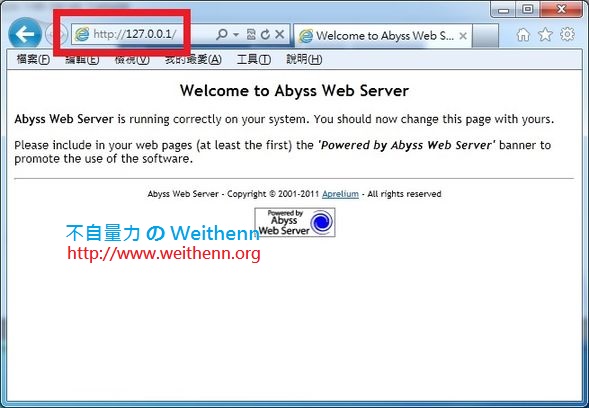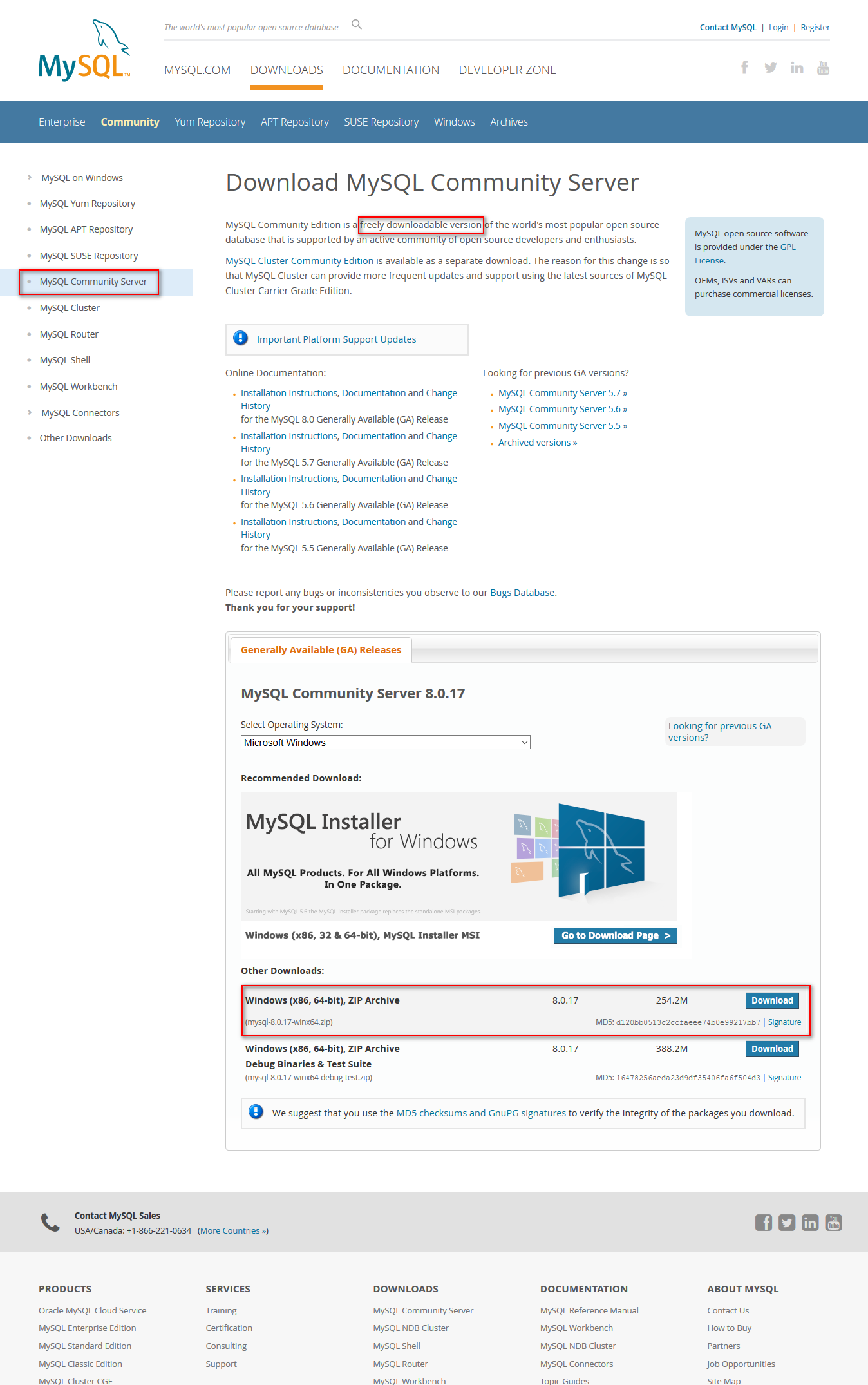
Reverse-proxying Web application engines such as Tomcat, Jetty, node.js, and ASP.Server, the PHP engine, and the MySQL database server.
#Mysql abyss web server how to
Support for PHP, Perl, Python, "Classic" ASP, and almost any Web scripting language including the ability to run database (MySQL/MariaDB, PostgreSQL, Oracle, MS SQL Server, etc.) backed Web applications This chapter demonstrates how to create a dynamic development environment incorporating the Abyss Web.Automated request, installation, and renewal of free certificates from ACME-compliant certification authorities such as Let's Encrypt ®.


Once installation is half way finished you will get the start up configuration. If you’re on Linux or MAC, then un-tick ASP.NET Support. For the components select the following: It is optional to choose ASP.NET Support, select it if you feel you will need it.

It also features an automatic antihacking system as well as a multilingual remote web management interface that makes its configuration as easy as browsing a web site. MySQL is a popular open source database management system commonly used in web applications due to its speed, flexibility and reliability. Run the Abyss exe file and install it in the default location (C:Abyss Web Server). Abyss Web Server is a compact web server available for Windows, macOS, and Linux operating systems.ĭespite its small footprint, it supports HTTP/2, secure SSL/TLS connections (HTTPS), automated provisioning and renewal of free certificates from Let's Encrypt ® (ACME v2), IPv6, on-the-fly HTTP compression, dynamic content generation through CGI/FastCGI scripts, ISAPI extensions, native ASP.NET, HTTP/HTTPS/WebSocket reverse proxying, eXtended Side Includes (XSSI), custom error pages, password protection, IP address control, anti-leeching, bandwidth throttling, and log rotation.


 0 kommentar(er)
0 kommentar(er)
